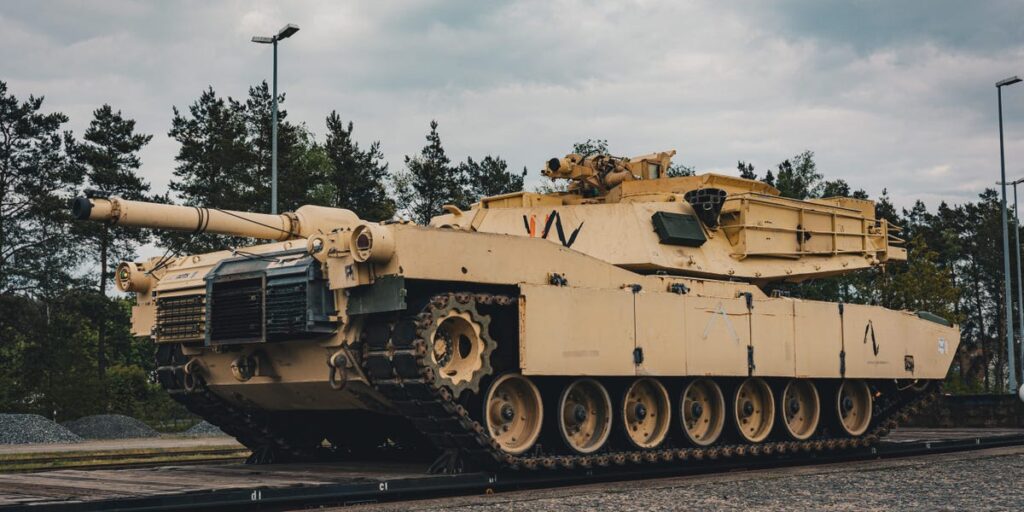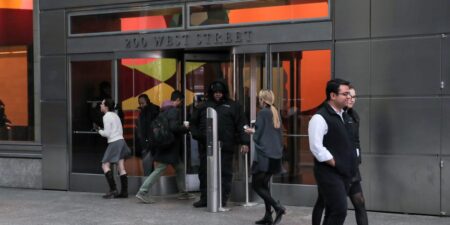The powerful M1A1 Abrams tank, with its heavy armor and 120mm cannon, is a massive hulk of steel, and dozens are set to hit the streets in the nation’s capital next month.
Nearly 30 of the tanks are expected to rumble down Constitution Avenue as part of the US Army’s 250th anniversary celebration on June 14, set to coincide with President Donald Trump’s birthday.
The street, which runs parallel to the National Mall and serves as a major route for city traffic, isn’t built to easily accommodate each tank’s nearly 70-ton frame. Most cars weigh only about two tons.
So how is the Army going to keep its tanks from chewing up Constitution Avenue? The service’s engineers are putting the finishing touches on plans to protect the busy street’s pavement from biting tracks.
Officials aren’t too concerned with the straight path down Constitution, which will likely see a single file of tanks. It’s turning points that will be the most vulnerable to tears from the heavy tracked vehicles.
“We are targeting those areas that we have concerns,” said Army Col. Jesse Curry, Executive Officer for the Army’s Chief of Engineers, during a media roundtable with reporters on Wednesday. “Particularly the areas where the surface of the pavement would typically, you know, receive an exaggerated level of stress.”
To prevent such stress, military engineers are figuring out which turn points will be layered with steel plates at least one inch thick.
Such large plates are commonly seen on city streets where heavy equipment is used, Curry said, adding that equipment staging areas and the parade route were specially chosen to minimize weight-related damage.
Heavy tracked vehicles like the M1A1 often make turns by using differential steering — one side will roll forward while the other reverses, or the tracks will operate at a different speed. That can cause tracks to “pinch,” a problem for asphalt.
Inbound parade tanks will also don new “track pads,” rubber components that create some separation between the metal tracks and the pavement, Curry told reporters.
Additional measures to prevent damage are still being examined, with help from DC’s Department of Transportation, the National Park Service (which oversees maintenance of the National Mall), and the Federal Highway Administration.
The tanks and other vehicles, such as Bradley fighting vehicles and Strykers, will arrive in the DC area via rail and will then depart to parade staging areas via heavy-duty trailers, similar to those used to move houses down highways.
Troops will not be conducting any full-scale rehearsals for the parade, a notable deviation from typical military planning. Normally, complete rehearsals are an important part of any military mission, including small unit ceremonies.
Officials said Wednesday that while the Army has been planning a major 250th birthday event for two years, the idea to include heavy vehicles like tanks and other armored vehicles in a parade only arrived this year. The officials did not specify how the idea originated.
Even moving at a slow parade pace, any military activity using heavy equipment and vehicles is fraught with concerns that require meticulous planning for safety precautions, especially when it comes to the equipment offloads required to stage for such a parade. Large vehicles must rely on ground guides to ensure no one is inadvertently run over.
Officials said Wednesday that Hercules wreckers will be available to recover any tanks that break down. How roads might handle the behemoth 70-ton M88 Hercules recovery vehicle with a downed tank on its trailer bed is unclear.
Read the full article here
















